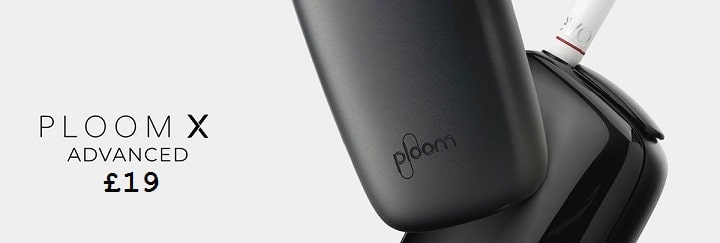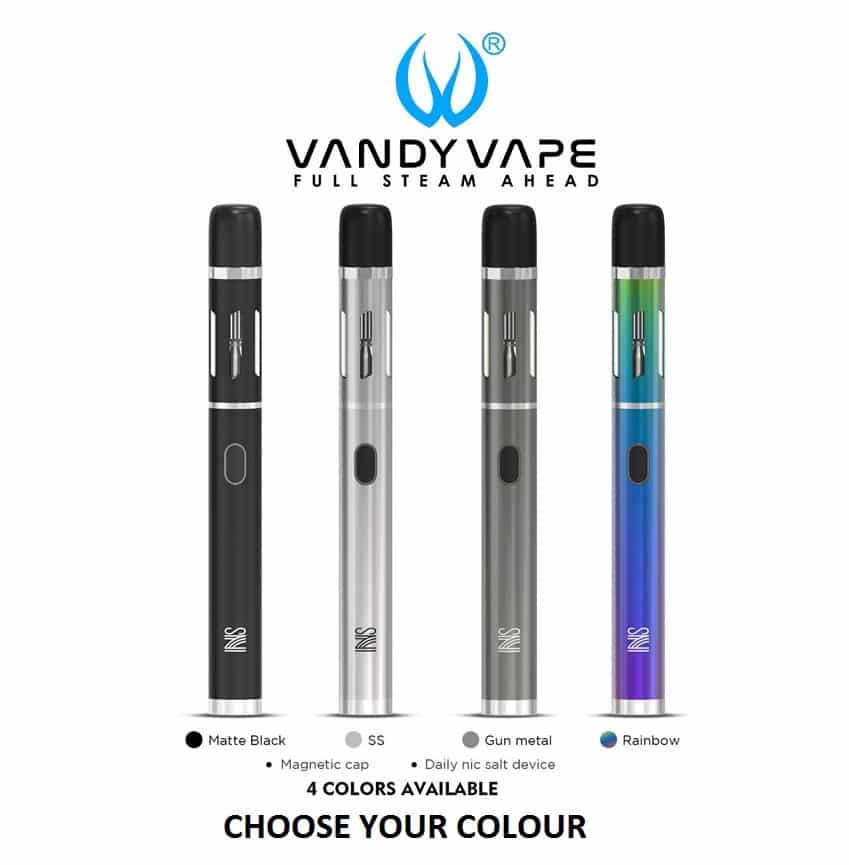
You’ve probably noticed that, as well as Heat not Burn products, we’ve recently started looking at nicotine salt e-liquids. If you’re wondering why, there’s a simple reason. We’re all about making sure smokers who’re looking for safer alternatives get the most effective products possible, and as much as I personally love vaping, conventional e-cigarettes do have some drawbacks. None of them are major, and all of them can be overcome with some practice and the right technique, but they do exist – and, for someone who’s trying to quit smoking, they can make the difference between switching to vaping and nipping out for another pack of Marlboro.
For me, the biggest issue with vaping – once I got some decent gear, of course – was the nicotine hit. After years of smoking Marlboro Red (and, when those got too bland for me, West Red) I was used to sticking one in my gob, flicking my trusty Zippo and getting an almost instant rush of nicotine to what passes for my brain.
E-cigs don’t work like that. You can get plenty of nicotine from them if you’re using halfway decent gear, but it makes its way into your system much more slowly. I generally use some very heavy-kit – I sub-ohm 24mg/ml liquid at 60W, and it makes the West Red I scrounged a few weeks ago for old times’ sake taste like a Silk Cut – but it still delivers nicotine in a gradually rising curve, not the fast spike you get from an actual ciggie. This difference does take some getting used to, and for a lot of smokers it’s too much of an adjustment to make. Nicotine salt liquids are an attempt to bridge the gap.
Because of the chemistry of nicotine salts, they’re absorbed into the body much faster than freebase – pure – nicotine. Freebase nicotine evaporates very easily, so when you inhale the vapour from normal e-liquid the nicotine in it ends up in your mouth and upper throat. From there it’s slowly absorbed into the bloodstream. In nic salt liquids the nicotine is bound into a chemical compound, so it doesn’t evaporate out of the vapour into your mouth. Instead it reaches the lungs, where it’s absorbed into the bloodstream much more quickly.
In theory, that should allow nic salt liquids to get closer to the nicotine profile of a cigarette. Anecdotal evidence, and the popularity of salt-based devices like JUUL, have tended to support this. Now, finally, some proper scientific research has been done – and the results have just been released. Of course, the HnB UK team have had them for a couple of days already, so we’ve had a chance to read through them. Here’s what they say.
Does it work?
To investigate the effectiveness of nicotine salts the researchers gave test subjects a range of nicotine products, from medically licensed inhalers and gum all the way up to traditional cigarettes. Then they measured the nicotine levels in their blood at five-minute intervals for the next half hour, and plotted them on a graph (Figure 1).

It’s obvious that, when it comes to delivering nicotine into your blood, an old-fashioned combustible cigarette is still unbeatable. Nicotine levels spike to 18ng/ml of blood in around five minutes, then fall off slowly. By contrast, gum and inhalers were hopeless; none of them managed to generate more than 4ng/ml after five minutes and gum couldn’t beat that at all. The level from inhalers peaked at around 6ng/ml after half an hour – just over half what you’d have at that point if you’d smoked a cigarette.
Conventional e-cigs were a lot more effective. Nicotine levels followed the same basic profile as a cigarette – rising to a peak in between five and ten minutes, then falling away slowly; after half an hour they were slightly below inhalers but still above gum. Of course this isn’t particularly realistic, because not many vapers take ten puffs then put their mod down for half an hour. We’re much more likely to have a puff or two every few minutes, which keeps nicotine levels up. The downside is that no e-cig tested managed to achieve more than 9ng/ml of nicotine in the blood – half what a cigarette can do.
Finally, a nicotine salt device was tested – the MyBlu pod mod with 40mg/ml liquid. This came much closer to a cigarette, reaching a peak of 12ng/ml in a fraction over five minutes and having the second-highest residual level after 30 minutes (although, like a normal e-cig, it’s easy to top up with a puff or two). Based on these results a high-strength nic salt device like MyBlu is a far more effective smoking replacement than anything else on the market.
The team also found that the nic salt liquid was well tolerated by the test subjects. There were no health complications or safety concerns. None were expected anyway, because nicotine is a very safe drug and the other chemicals in the salts are safe to inhale, too. Nic salt liquids are totally liquid, by the way – there aren’t any salt crystals floating around in there!
Conclusions
This is a very good piece of research, carried out under laboratory conditions and assembling a lot of data on a range of products. From that data it’s clear that a high-strength nic salt device is the most effective replacement for smoking by a very long way, and would be an incredibly valuable tool for the 60% of UK smokers who’ve tried an e-cig but didn’t find it satisfying enough.
There’s only one problem; high-strength e-liquids are banned by the EU’s idiotic Tobacco Products Directive. Currently you can get MyBlu pods with a strength of 16mg/ml in the EU, but the 40mg/ml MyBlu Intense pods used in this study are against the law. As an example of stubborn political fuckwittery this is hard to beat, but hey, it’s the EU we’re talking about here. Hopefully, after Brexit, the TPD will be one of the first euro laws consigned to the dustbin of history.











I wouldn’t bet on that, a lot of the most idiotic bits of the TPD appear to have been bought in Britain and passed on to make the TPD the malignant garbage it is.